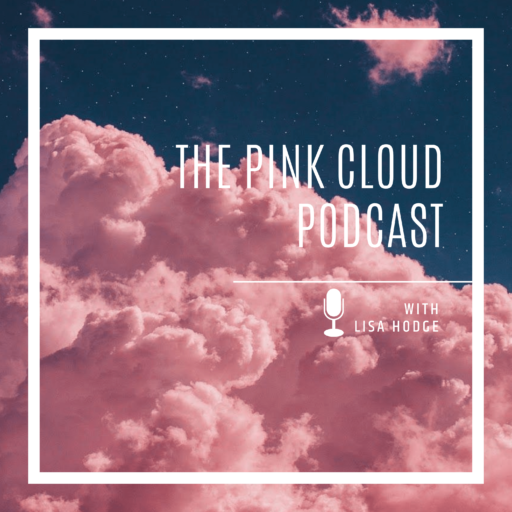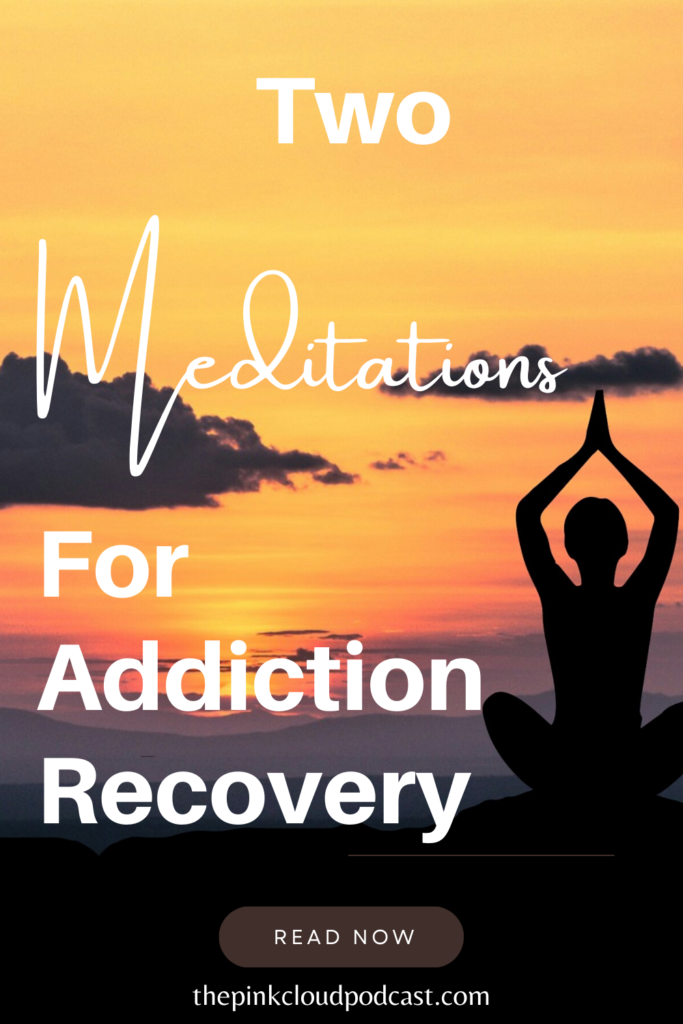Meditation for addiction recovery is essential. Meditation improves conscious contact with inner or “higher self.” It encourages the practitioner to look inside themselves and to gain clarity by means of mindfulness practice.
It assists in mindfulness and helps you to be present in the moment. You can experience sensation and feelings without the need to act or quickly react. It can also help quiet the thoughts in your head and ease the body by learning to become accustom to sitting comfortably in silence.
Meditation can often overlooked or minimized as a vital part of addiction recovery. Step 11 of the Twelve steps is all about meditation and can be forgotten. By Step 10, most addicts have cleaned up the wreckage of their past and are living relatively calmer lives. When practicing a daily 10th step it deepens self awareness. A fundamental part of step 10, is pausing before speaking as to not cause any more damage, promptly apologizing to make right any wrongs, and as a result life gets better. Step 12 is easily practiced as well, it’s fairly easy to go to a meeting or to reach out when someone else is in need. But step 11 seems to be illusive, and not seen as a vital part of recovery when life is going well.
So Why is it needed?
According to Verta Health, “Meditation has been found to lower blood pressure, improve heart health, and may even boost the body’s immune system. After years of damage to the body from substance misuse, meditation in recovery may help facilitate the physical healing process.”
When using and drinking we shut ourselves out from the sunlight of the spirit. It kept us in isolation with shame and guilt. Now that we are sober, its vital to connect back to source by looking within.
Below are TWO simple meditations for beginners
Mindfulness of Breath
- Find a relaxed, comfortable position. You could be seated on a chair or on the floor on a cushion. Try to keep your back upright, but not too tight. Hands resting wherever they’re comfortable. Tongue on the roof of your mouth or wherever it’s comfortable.
- Notice and invite your body to relax. Let yourself relax and become curious about your body seated here—the sensations it experiences, the touch, the connection with the floor or the chair. Do your best to relax any areas of tightness or tension. Breathe.
- Tune into the rhythm of your breath. You can feel the natural flow of breath—in, out. You don’t need to do anything to your breath. Not long, not short, but natural. Notice where you feel your breath in your body. It might be in your abdomen. It may be in your chest or throat or in your nostrils. See if you can feel the sensations of breath, one breath at a time. When one breath ends, the next breath begins. If you are not able to notice the breath in all areas of the body, that is OK. We are more connected to certain areas of the body than others, at different times of the day.
- Now as you do this, you might notice that your mind may start to wander. You may start thinking about other things. If this happens, it is not a problem. It’s very natural. Try to notice that your mind has wandered. You can say “thinking” or “wandering” in your head softly. And then gently redirect your attention right back to the breathing.
- Stay here for five to seven minutes. Notice your breath, in silence. From time to time, you’ll get lost in thought, then return to your breath.
- After a few minutes, once again notice your body, your whole body, seated here. Let yourself relax even more deeply and then, if it is available, please offer yourself some appreciation for doing this practice today.
Mystical Meditation from the University of Metaphysics
- Sit in an upright position with your back and spine as straight as possible, either at a table or desk.
- Place a single white candle in front of you on the table or desk.
- You are now ready to proceed. For approximately ten minutes (you do not have to time yourself), stare intently into the burning candle flame. The candle should be about 12 inches from your head. As you do this, the concentration of your visual gaze will steady and focus your mind, and quiet the daily thought waves going through it.
- After approximately ten minutes, close your physical eyes.
- Having gazed intently at the candle flame with your eyes open for about 10 minutes, you should now, with eyes closed, see an after‐image of the candle flame in your Third Eye, i.e., in the interior region of your forehead.
- Concentrate on the after‐image. With most people, the glow will fade out after two or three minutes; with others, it may seem to fade in and out of visual perception for some time.The point is that you are now using the after‐image as an inner focal point of concentration. This inner concentration will continue to still your mind. It will free it from outer, daily‐life thinking, and make you more aware of the Internal Consciousness of your mind.
Additional Guided Mediations can be found below:
Guided Meditation on the Pink Cloud Podcast
Insight Timer meditations for addiction recovery.

